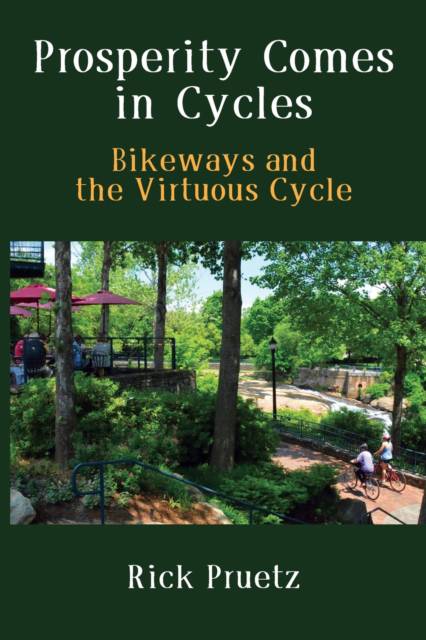
- Retrait gratuit dans votre magasin Club
- 7.000.000 titres dans notre catalogue
- Payer en toute sécurité
- Toujours un magasin près de chez vous
- Retrait gratuit dans votre magasin Club
- 7.000.0000 titres dans notre catalogue
- Payer en toute sécurité
- Toujours un magasin près de chez vous
27,95 €
+ 55 points
Description
Bicycle trails are good for business. They attract restaurants, brewpubs, and retail shops catering to those who walk or pedal for fun, exercise, health, and to get from place to place. When trails connect centers of employment, recreation, education and culture, they also generate residential development aimed at people who increasingly prefer active transportation to fighting traffic. And when trails are extended and linked with one another, they expand tourism revenue from a growing breed of vacationers who want to get out of their cars and experience places at a more leisurely and enjoyable speed. As bicycle trails succeed, they increase business activity, employment, income, property value, and tax revenues in a self-reinforcing upward spiral, motivating additional trail improvements, boosting trail use, growing more trail-adjacent businesses, expanding property investments, enlarging tax revenues, generating public support for further trail improvements, and creating, pardon the pun, a virtuous cycle. Prosperity Comes in Cycles synthesizes numerous studies documenting the success of bikeways and multi-use trails in reducing energy consumption, pollution, transportation costs, and healthcare expenses while increasing economic activity, employment, income, property value, and tax revenues. Summaries of first-hand visits to bikeways in 51 places located in the US and Canada illustrate how communities are expanding trail systems and prospering as a result of this virtuous cycle.
Spécifications
Parties prenantes
- Auteur(s) :
- Editeur:
Contenu
- Nombre de pages :
- 230
- Langue:
- Anglais
Caractéristiques
- EAN:
- 9780578328638
- Date de parution :
- 14-11-21
- Format:
- Livre broché
- Format numérique:
- Trade paperback (VS)
- Dimensions :
- 152 mm x 229 mm
- Poids :
- 312 g

Les avis
Nous publions uniquement les avis qui respectent les conditions requises. Consultez nos conditions pour les avis.






